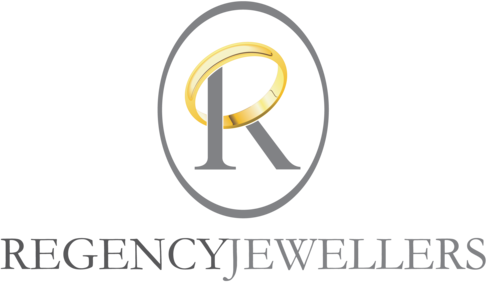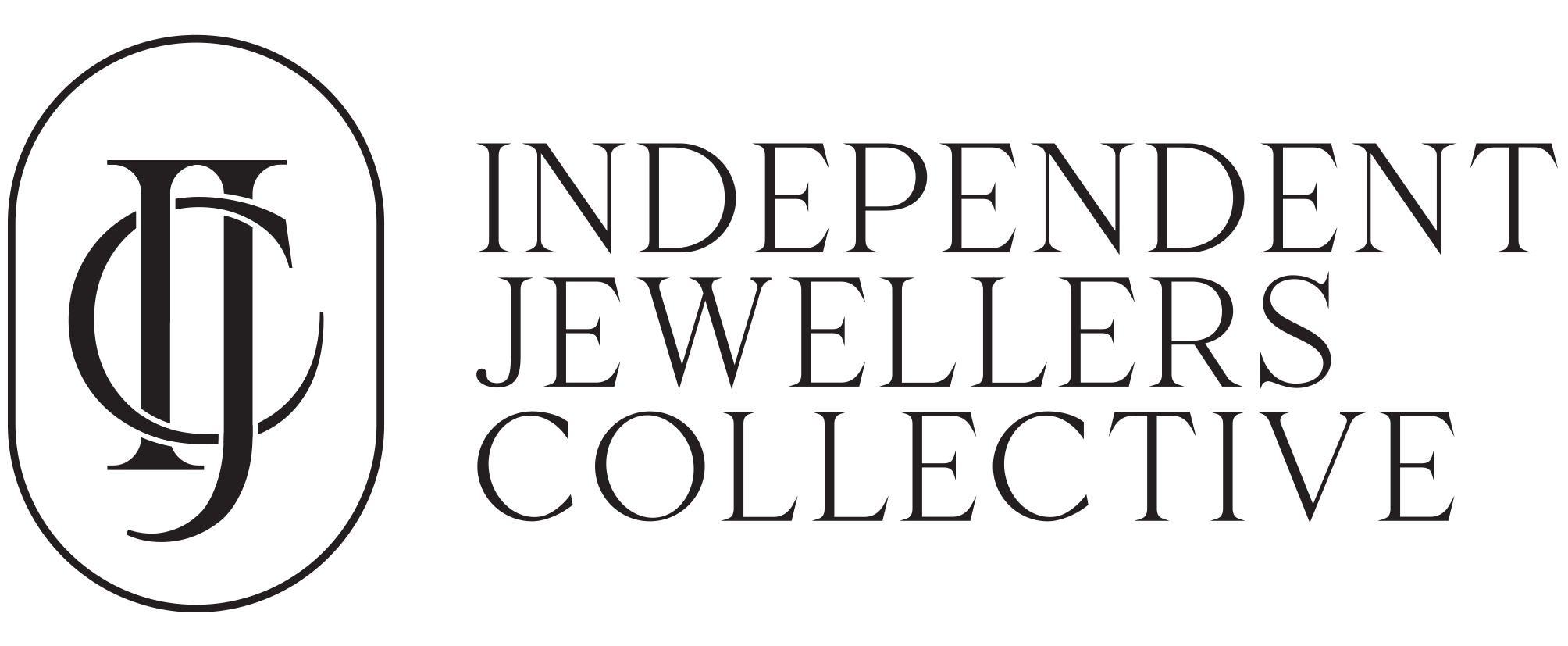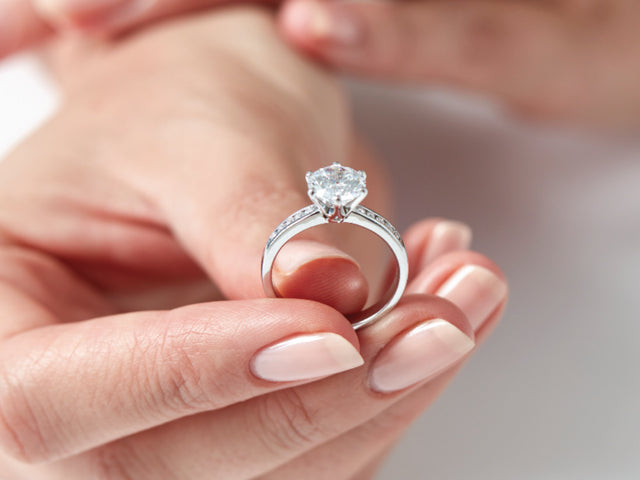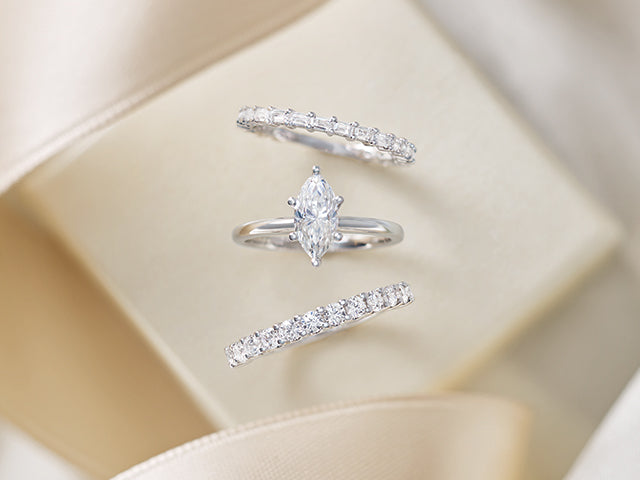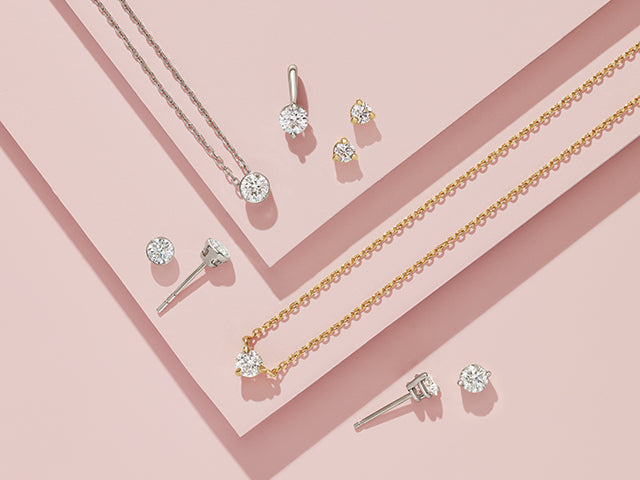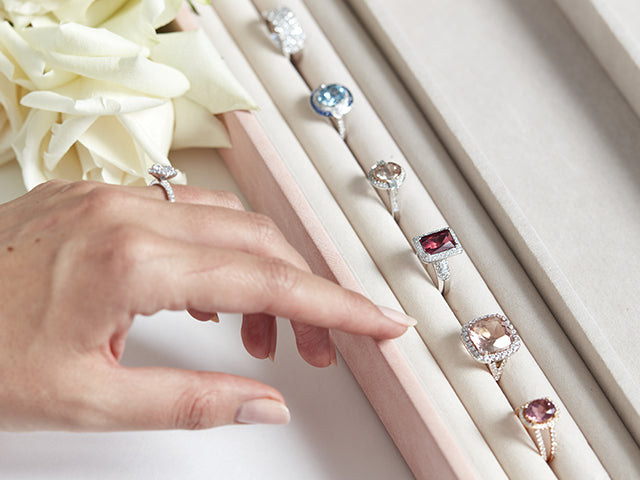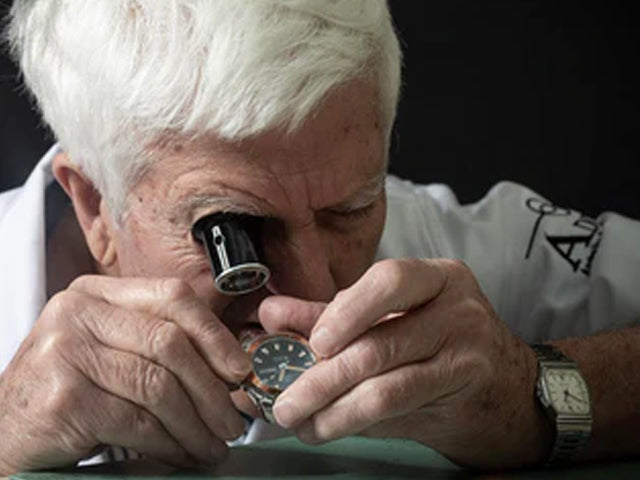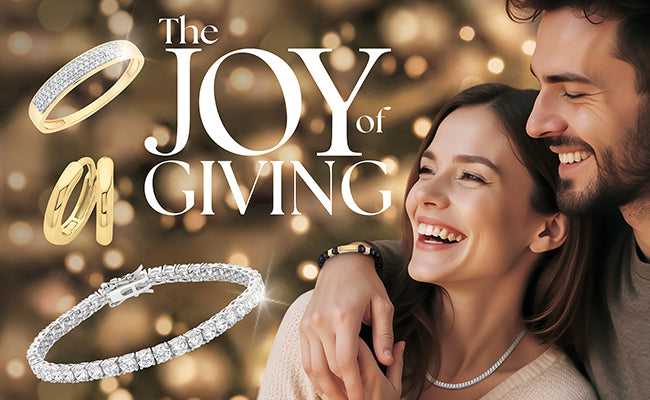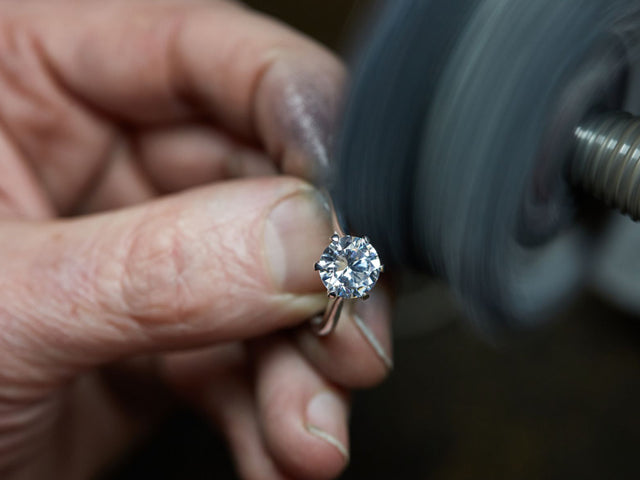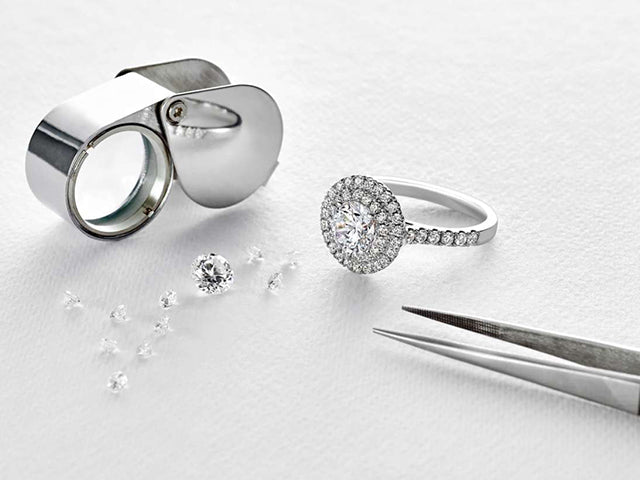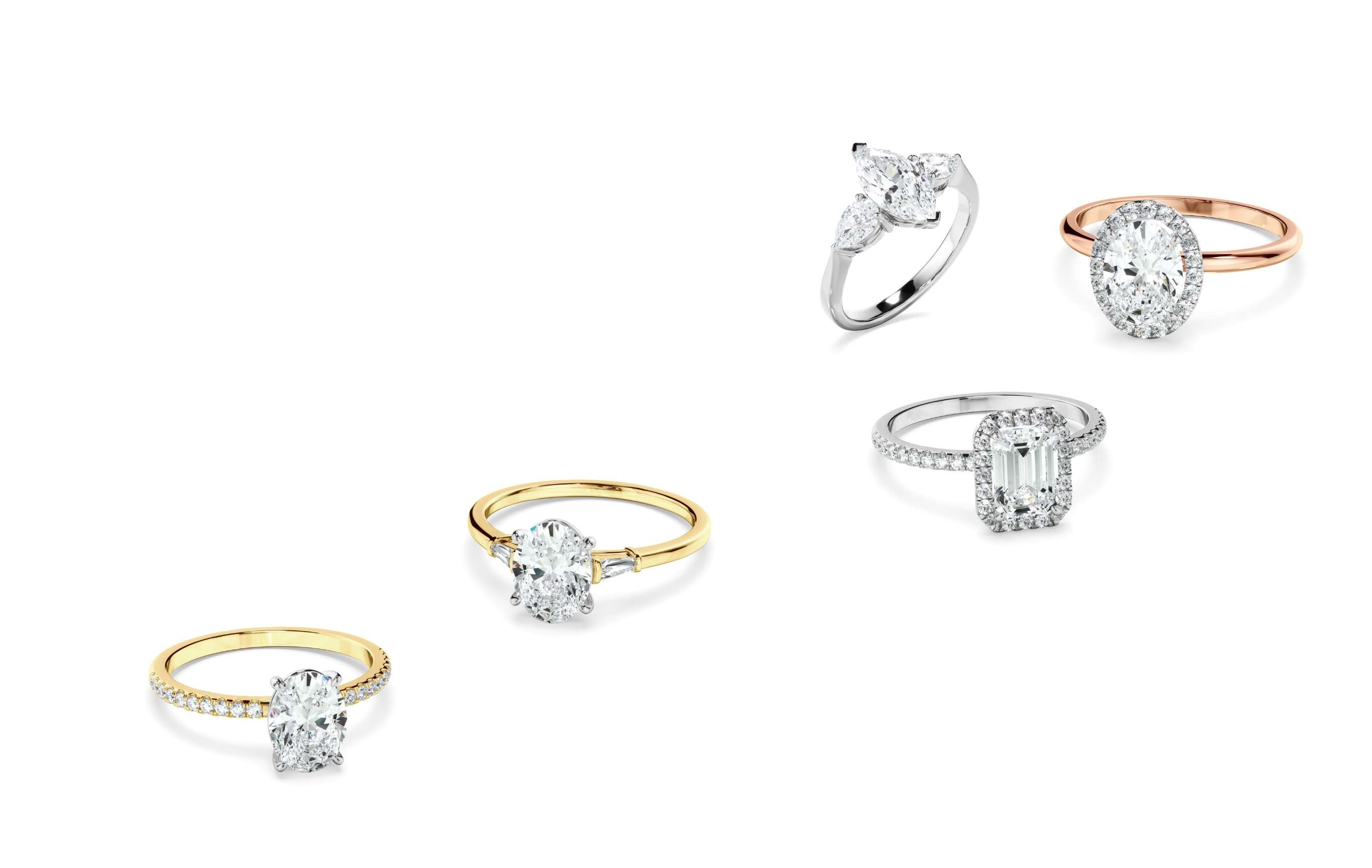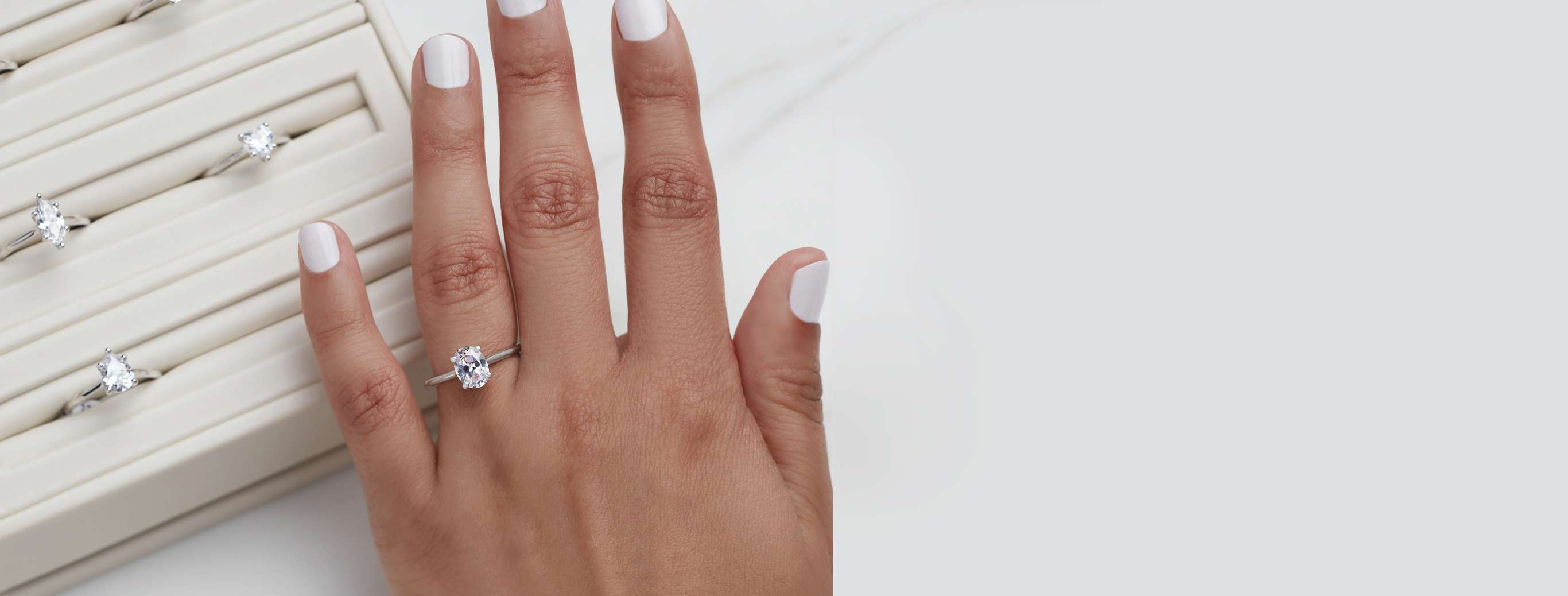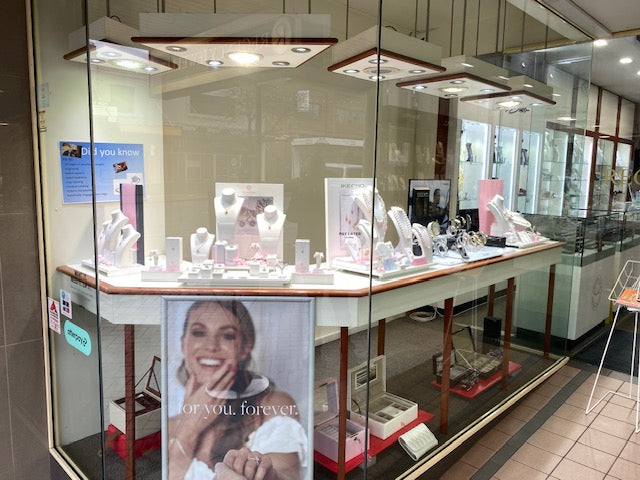Helping couples find their perfect Engagement Ring for over 50 years
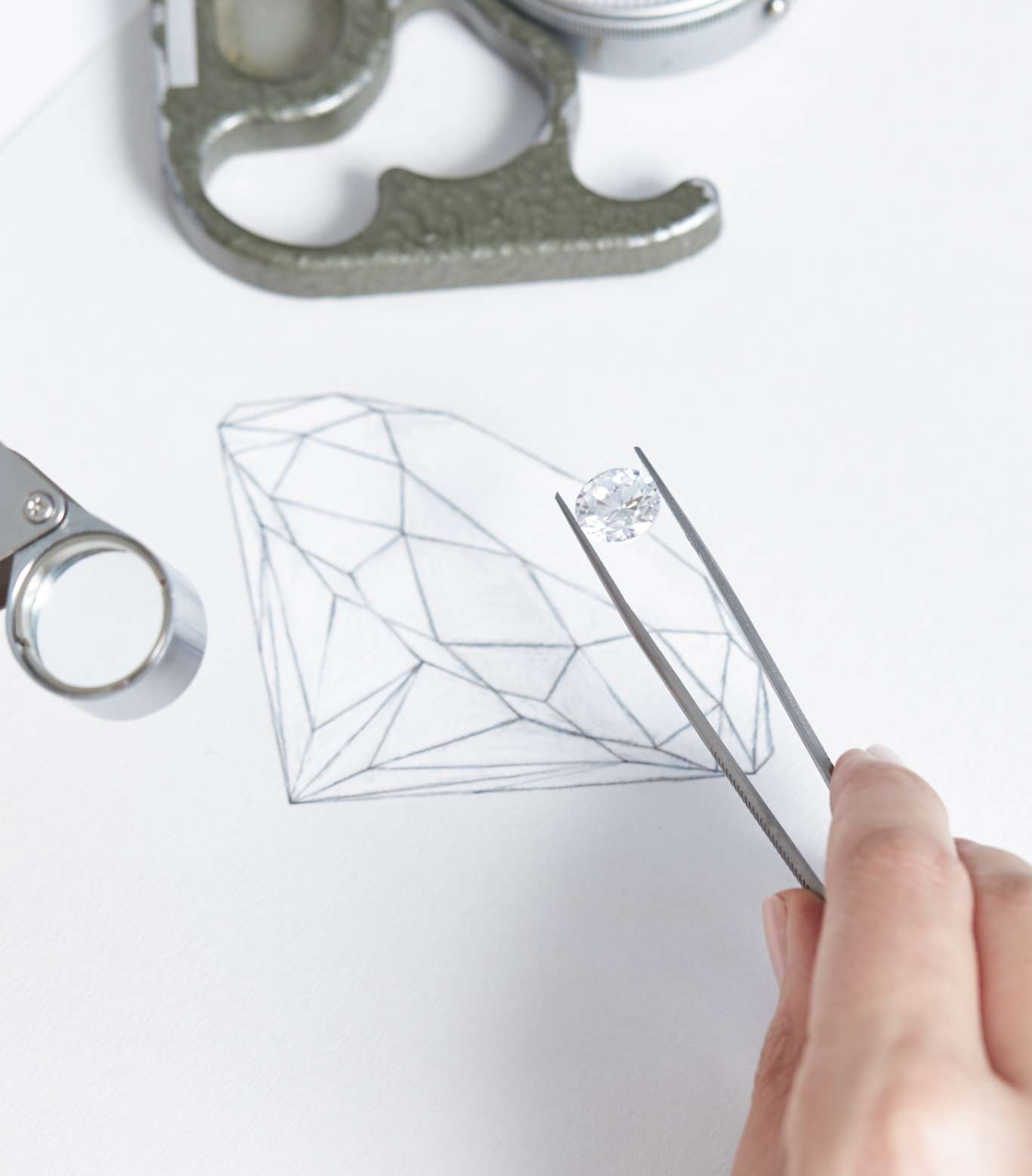
Cut
The most important of the 4Cs. Cut refers to the facet proportions on the surface of a diamond. It maximises the beauty of a diamond and is controlled by human hands not nature.

Expert Symmetry Facets precisely matching in size, shape and alignment create brilliance.
Excellent Proportion Light reflects brightly.
Too Deep Light escapes through the side.
Too Shallow Light escapes at the bottom.
Misaligned Facets Asymmetry interrupts the movement of light from one facet to the next.
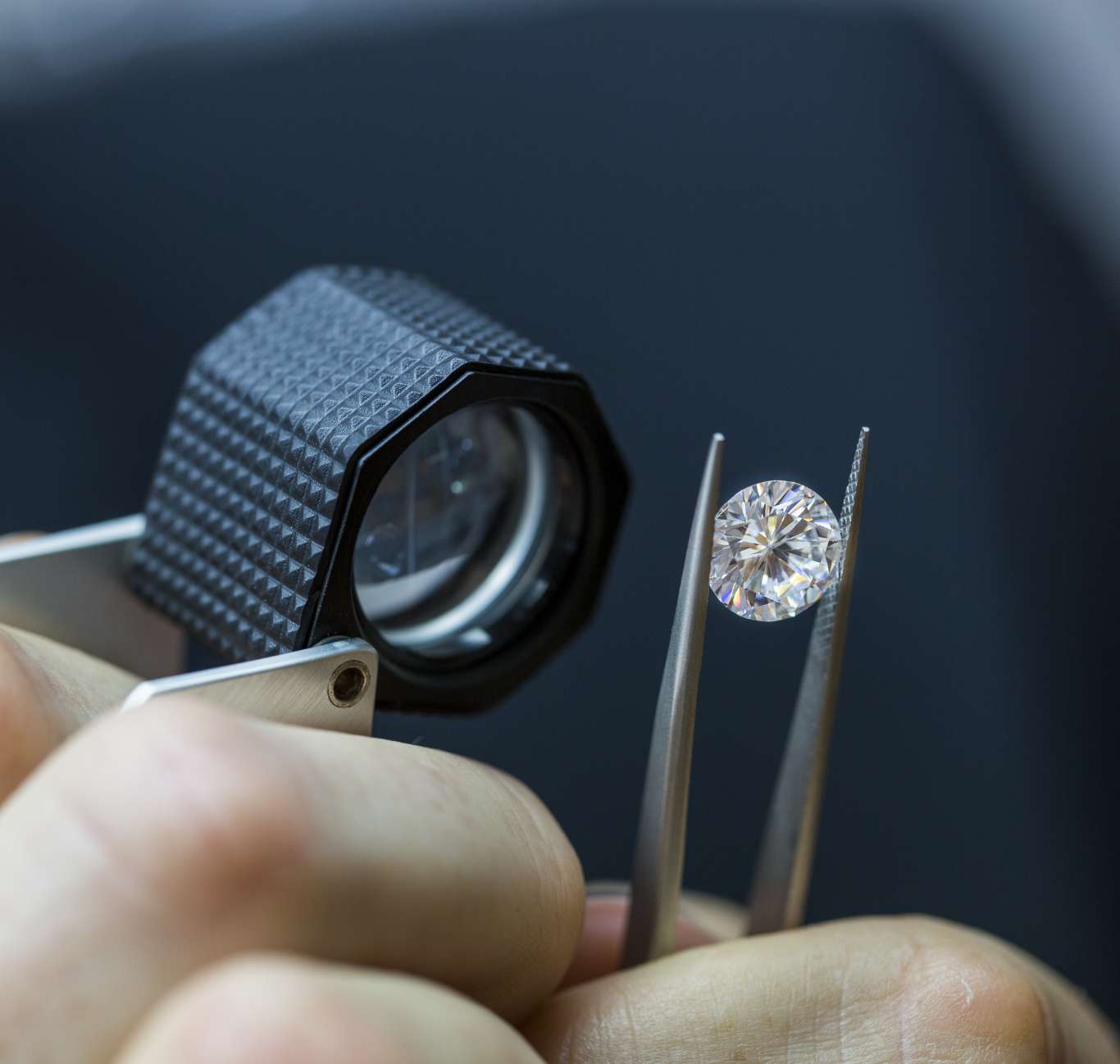
Clarity
Clarity is a measure of the purity and rarity of a diamond. It is determined by the visibility of imperfections under 10-power magnification as virtually all diamonds have imperfections of one type or another. A diamond is graded as flawless if, under magnification, no inclusions (internal flaws) or blemishes (external imperfections) are visible.

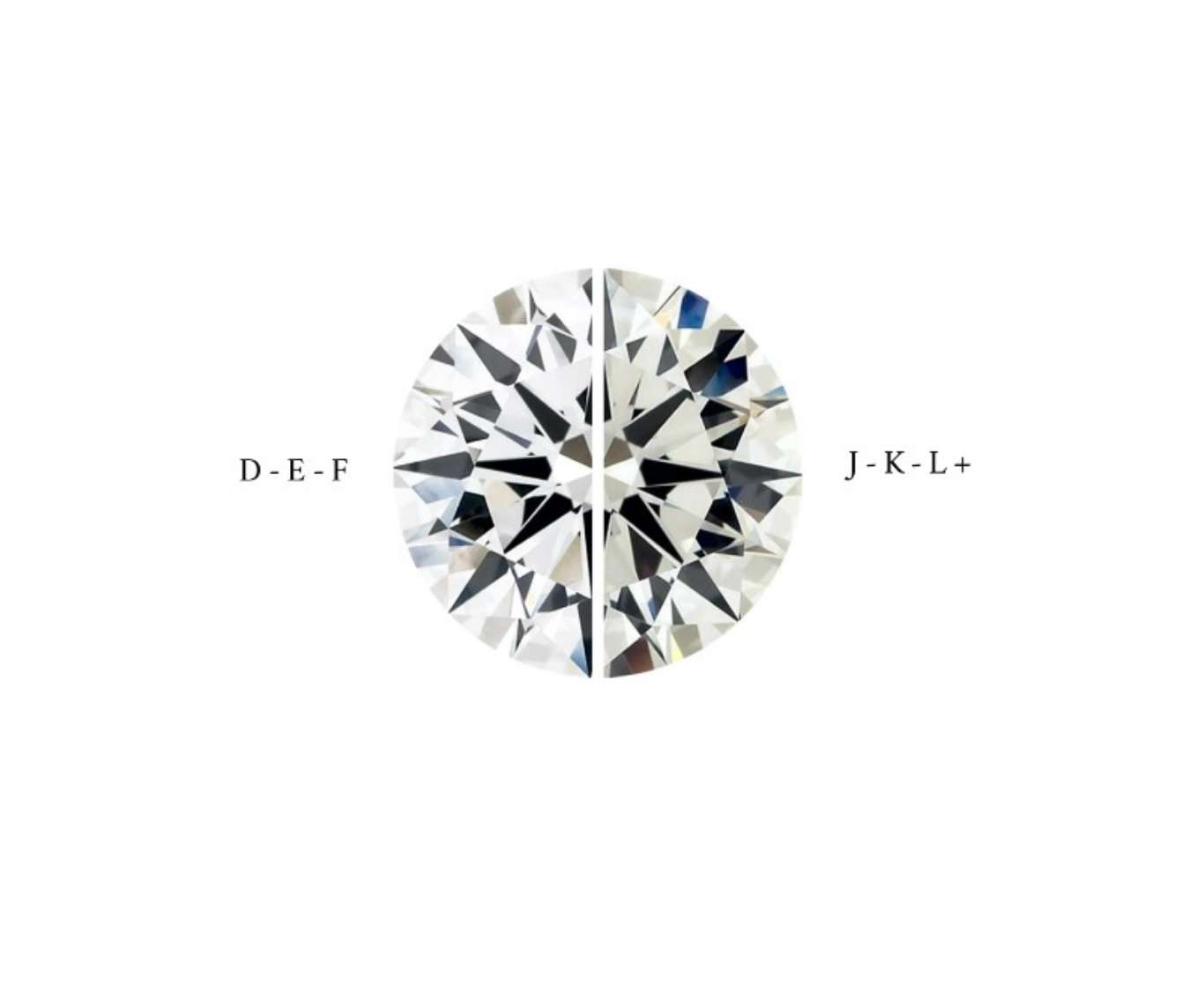
Colour
Colour refers to the natural tint inherent in white diamonds. In nature, most white diamonds have a slight tint of yellow. The closer to being “colourless” a diamond is, the rarer it is. The industry standard for grading colour is to evaluate each stone against a master set and assign a letter grade from “D” (colourless) to “Z” (light yellow).

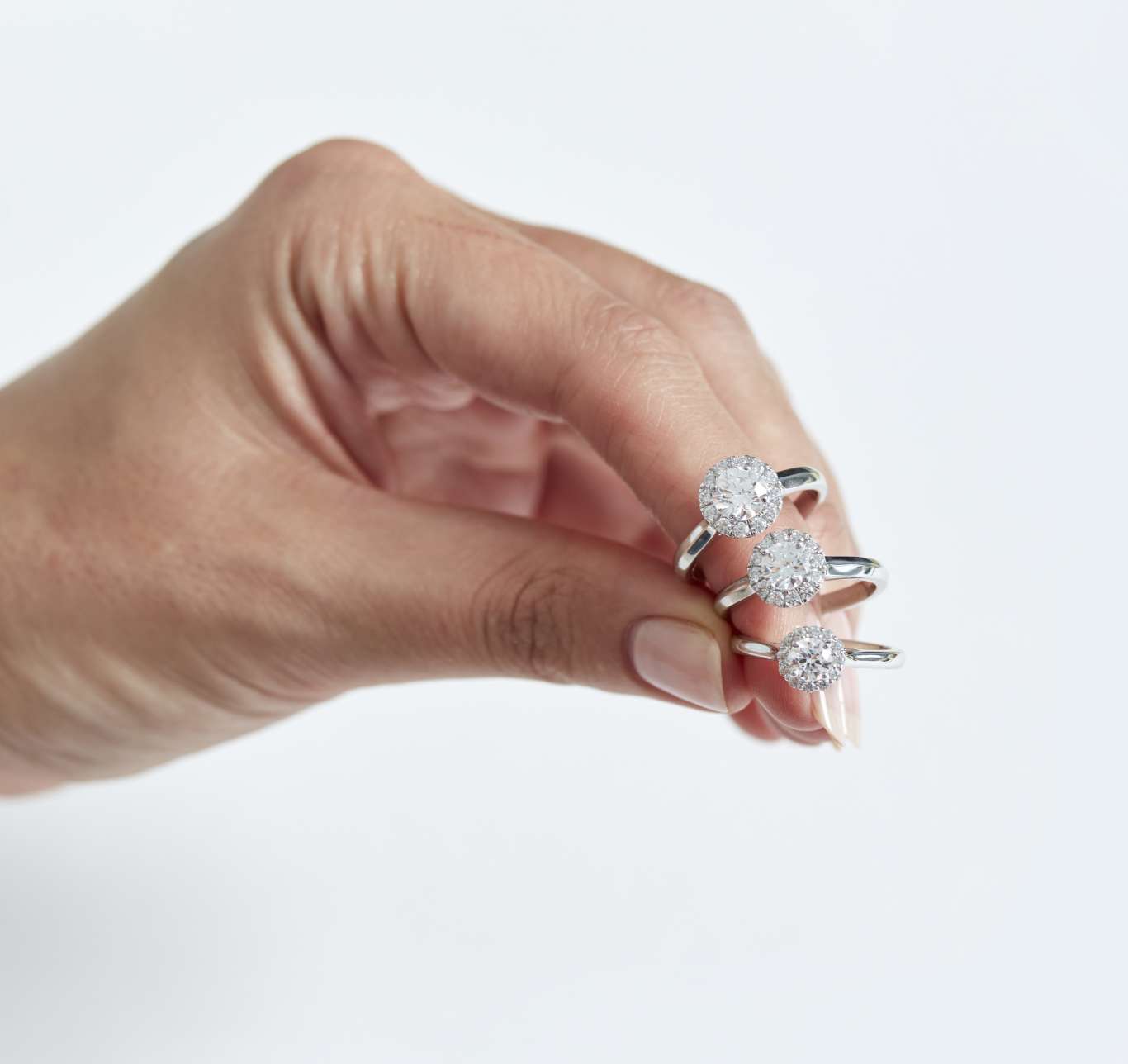
Carat
Carat is the weight of a diamond, not the size. Diamonds of the same carat weight can appear larger or smaller depending on the depth of the cut and the shape of the diamond. For example, elongated cuts such as oval, emerald or pear can appear larger than similar sized round or princess cut diamonds.

Shape
Diamond shape refers to the geometric appearance of a diamond. Diamond shapes are categorised into two grounds: round diamonds and fancy shape diamonds. Round diamonds, also known as round brilliant cuts, are the most traditional shape. Fancy shape diamonds refer to any diamond that is not a round brilliant.
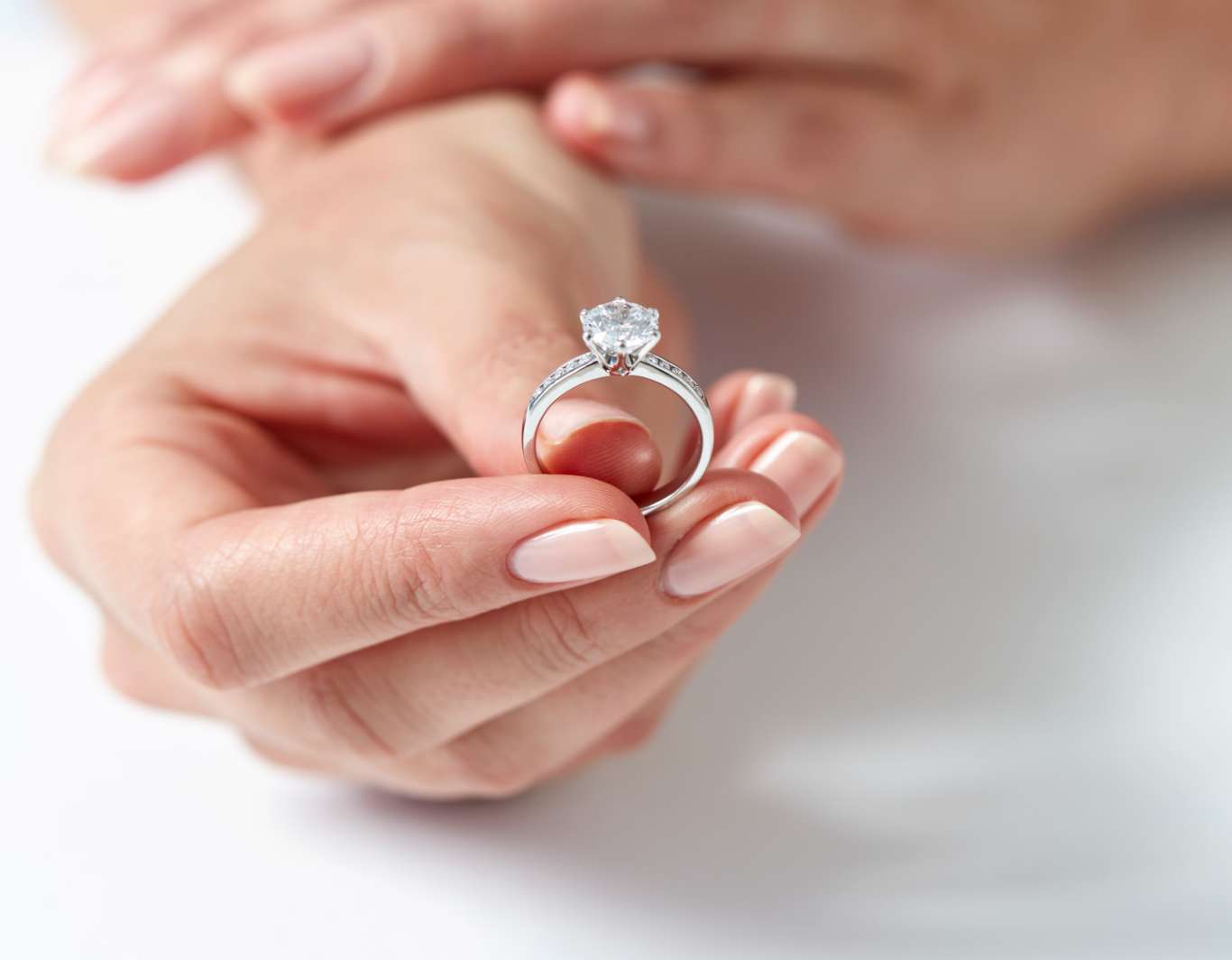
The Regency Care Package
Say Yes to..
- Free lifetime resizing of Diamond Engagement Rings
- Free annual Rhodium Plating of White Gold Engagement Rings
- Free annual Rhodium Plating of White Gold Wedding Bands
- Free lifetime cleaning and inspection of Diamond Engagement Rings
- Free lifetime cleaning and inspection of Wedding Bands
- 20% saving on Wedding Bands
- 20% saving on Bridal Party Gifts
We are with you through every step of your journey in love and life.
For the Bride to be
